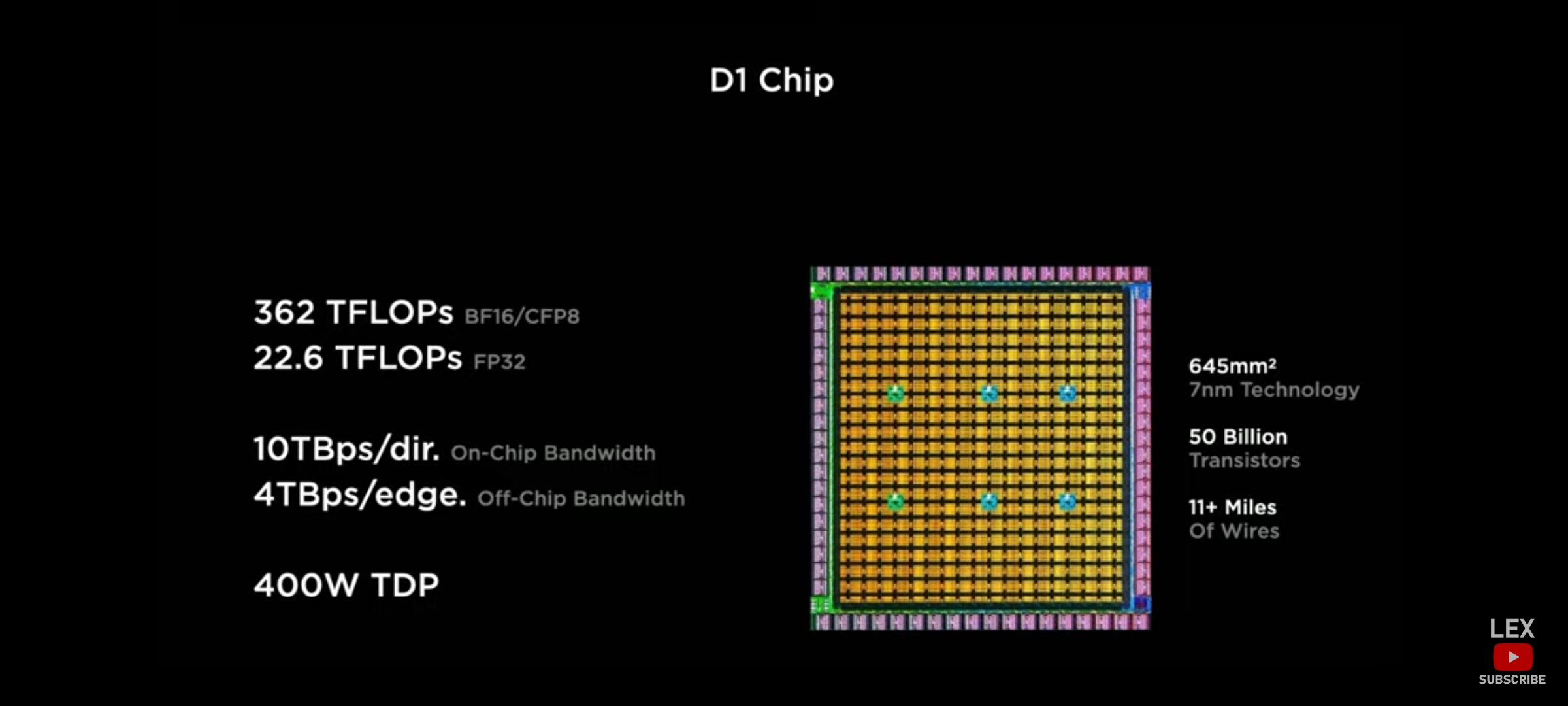https://www.tensorflow.org/tutorials/images/transfer_learning
As the original dataset doesn't contain a test set, you will create one. To do so, determine how many batches of data are available in the validation set using tf.data.experimental.cardinality, then move 20% of them to a test set.
Use data augmentation
When you don't have a large image dataset, it's a good practice to artificially introduce sample diversity by applying random, yet realistic, transformations to the training images, such as rotation and horizontal flipping.
data_augmentation = tf.keras.Sequential([
tf.keras.layers.experimental.preprocessing.RandomFlip('horizontal'),
tf.keras.layers.experimental.preprocessing.RandomRotation(0.2),
])Create the base model from the pre-trained convnets
input_shape=IMG_SHAPE
include_top=False
# Create the base model from the pre-trained model MobileNet V2
IMG_SHAPE = IMG_SIZE + (3,)
base_model = tf.keras.applications.MobileNetV2(input_shape=IMG_SHAPE,
include_top=False,
weights='imagenet')Feature extraction
Freeze the convolutional base
base_model.trainable = FalseImportant note about BatchNormalization layers
When you unfreeze a model that contains BatchNormalization layers in order to do fine-tuning, you should keep the BatchNormalization layers in inference mode by passing training = False when calling the base model. Otherwise, the updates applied to the non-trainable weights will destroy what the model has learned.
Add a classificatino head
To generate predictions from the block of features, average over the spatial 5x5 spatial locations, using a tf.keras.layers.GlobalAveragePooling2D layer to convert the features to a single 1280-element vector per image.
global_average_layer = tf.keras.layers.GlobalAveragePooling2D()
feature_batch_average = global_average_layer(feature_batch)Apply a tf.keras.layers.Dense layer to convert these features into a single prediction per image. You don't need an activation function here because this prediction will be treated as a logit, or a raw prediction value. Positive numbers predict class 1, negative numbers predict class 0.
prediction_layer = tf.keras.layers.Dense(1) prediction_batch = prediction_layer(feature_batch_average)
using Keras Functional API:
inputs = tf.keras.Input(shape=(160, 160, 3))
x = data_augmentation(inputs)
x = preprocess_input(x)
x = base_model(x, training=False)
x = global_average_layer(x)
x = tf.keras.layers.Dropout(0.2)(x)
outputs = prediction_layer(x)
model = tf.keras.Model(inputs, outputs)Compile the model
Compile the model before training it. Since there are two classes, use a binary cross-entropy loss with from_logits=True since the model provides a linear output.
base_learning_rate = 0.0001 model.compile(optimizer=tf.keras.optimizers.Adam(lr=base_learning_rate), loss=tf.keras.losses.BinaryCrossentropy(from_logits=True), metrics=['accuracy'])Train the model
initial_epochs = 10
loss0, accuracy0 = model.evaluate(validation_dataset)history = model.fit(train_dataset,
epochs=initial_epochs,
validation_data=validation_dataset)Learning curves
acc = history.history['accuracy']
val_acc = history.history['val_accuracy']
loss = history.history['loss']
val_loss = history.history['val_loss']
plt.figure(figsize=(8, 8))
plt.subplot(2, 1, 1)
plt.plot(acc, label='Training Accuracy')
plt.plot(val_acc, label='Validation Accuracy')
plt.legend(loc='lower right')
plt.ylabel('Accuracy')
plt.ylim([min(plt.ylim()),1])
plt.title('Training and Validation Accuracy')
plt.subplot(2, 1, 2)
plt.plot(loss, label='Training Loss')
plt.plot(val_loss, label='Validation Loss')
plt.legend(loc='upper right')
plt.ylabel('Cross Entropy')
plt.ylim([0,1.0])
plt.title('Training and Validation Loss')
plt.xlabel('epoch')
plt.show()Fine tuning
In the feature extraction experiment, you were only training a few layers on top of an MobileNet V2 base model. The weights of the pre-trained network were not updated during training.
One way to increase performance even further is to train (or "fine-tune") the weights of the top layers of the pre-trained model alongside the training of the classifier you added.
Un-freeze the top layers of the model
base_model.trainable = True# Let's take a look to see how many layers are in the base model
print("Number of layers in the base model: ", len(base_model.layers))
# Fine-tune from this layer onwards
fine_tune_at = 100
# Freeze all the layers before the `fine_tune_at` layer
for layer in base_model.layers[:fine_tune_at]:
layer.trainable = FalseCompile the model
model.compile(loss=tf.keras.losses.BinaryCrossentropy(from_logits=True),
optimizer = tf.keras.optimizers.RMSprop(lr=base_learning_rate/10),
metrics=['accuracy'])Continue training the model
fine_tune_epochs = 10
total_epochs = initial_epochs + fine_tune_epochs
history_fine = model.fit(train_dataset,
epochs=total_epochs,
initial_epoch=history.epoch[-1],
validation_data=validation_dataset)Evaluation and prediction
loss, accuracy = model.evaluate(test_dataset)
print('Test accuracy :', accuracy)
6/6 [==============================] - 0s 13ms/step - loss: 0.0438 - accuracy: 0.9792
Test accuracy : 0.9791666865348816#Retrieve a batch of images from the test set
image_batch, label_batch = test_dataset.as_numpy_iterator().next()
predictions = model.predict_on_batch(image_batch).flatten()
# Apply a sigmoid since our model returns logits
predictions = tf.nn.sigmoid(predictions)
predictions = tf.where(predictions < 0.5, 0, 1)
print('Predictions:\n', predictions.numpy())
print('Labels:\n', label_batch)
plt.figure(figsize=(10, 10))
for i in range(9):
ax = plt.subplot(3, 3, i + 1)
plt.imshow(image_batch[i].astype("uint8"))
plt.title(class_names[predictions[i]])
plt.axis("off")Summary
Using a pre-trained model for feature extraction: When working with a small dataset, it is a common practice to take advantage of features learned by a model trained on a larger dataset in the same domain. This is done by instantiating the pre-trained model and adding a fully-connected classifier on top. The pre-trained model is "frozen" and only the weights of the classifier get updated during training. In this case, the convolutional base extracted all the features associated with each image and you just trained a classifier that determines the image class given that set of extracted features.
Fine-tuning a pre-trained model: To further improve performance, one might want to repurpose the top-level layers of the pre-trained models to the new dataset via fine-tuning. In this case, you tuned your weights such that your model learned high-level features specific to the dataset. This technique is usually recommended when the training dataset is large and very similar to the original dataset that the pre-trained model was trained on.
